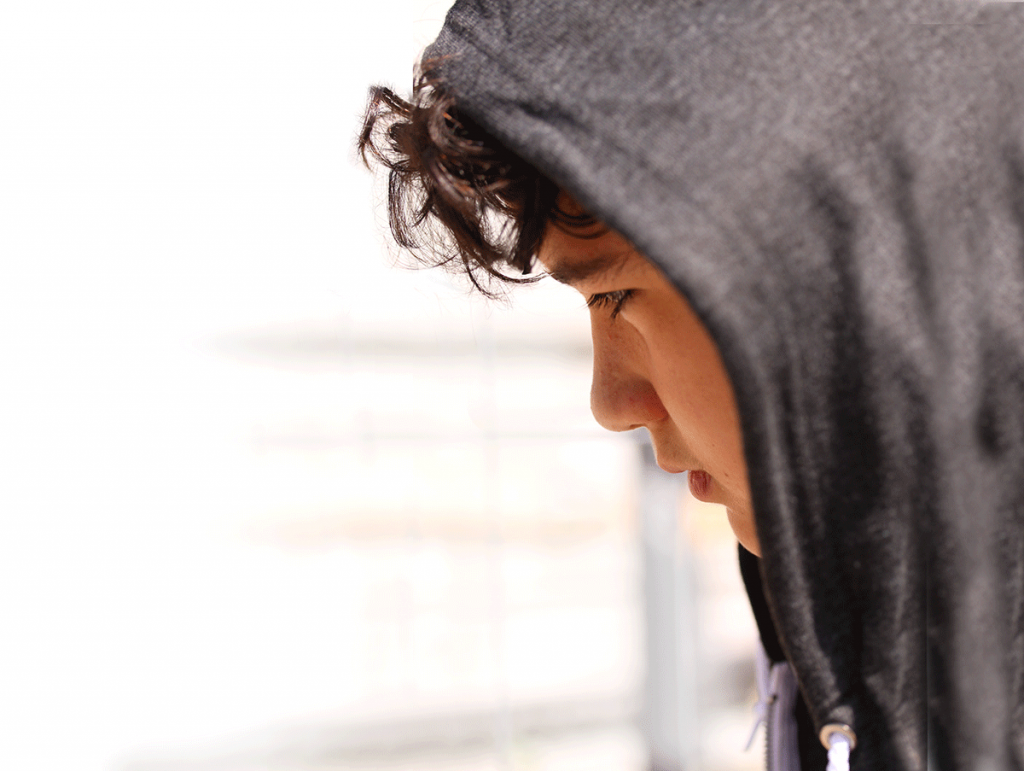Children and adolescents throw tantrums and have bad tempers. It’s not unusual for your teen to carry these behaviors as they start seeking more independence. However, if your child is always mad or irritable—or if they have especially bad outbursts—there may be something deeper to explore. Disruptive mood dysregulation disorder (DMDD) can be a potential underlying cause for these behaviors. But what is disruptive mood dysregulation disorder, exactly?
At Family First, we know that lashing out and outbursts are likely not the problem but the only way adolescents and teens can express their intense emotions. Our disruptive mood dysregulation disorder treatment helps adolescents 12-18 explore the root of these behaviors and implement effective coping strategies. Call 888.904.5947 to find help for your teen.
Understanding DMDD
DMDD is characterized by severe and persistent irritability in children and adolescents. This condition goes beyond the typical mood swings associated with teenage development; it involves intense temper outbursts and ongoing irritability that significantly impact an individual’s ability to function in daily life.
Children are diagnosed with DMDD from ages 6–10. However, symptoms don’t just stop at 10. Adolescents who were diagnosed with DMDD as children may continue to struggle with this disorder into their teenage years. Individuals who experienced DMDD as a child are at a greater risk of developing severe depression or anxiety as adults.
A Range of Risk Factors
Like all mental health conditions, there are several things that can make a child more likely to receive a DMDD diagnosis.1 These include:
- Being diagnosed with another mental health condition, including bipolar disorder, depression, anxiety, or even neurodevelopmental conditions like ADHD
- Experiencing childhood trauma, including psychological or physical abuse
- Having a parent with a mental health condition
Children who experience trauma don’t know how to process or communicate their emotions appropriately on their own. As they learn to navigate the world around them, they may resort to disruptive behaviors as a way to cope.
Recognizing the Signs and Symptoms
DMDD is much more than just a bad attitude and tantrum-throwing.2 Children will display:
- Frequent temper outbursts (three or more a week) that are out of proportion to the situation
- Persistent irritability or anger most of the day, nearly every day
- Difficulty functioning in more than one environment (e.g., at home and school)
Early intervention is critical to managing DMDD and preventing long-term mental health effects. If you notice these symptoms in your child or adolescent, it’s essential to seek professional help for an accurate diagnosis and appropriate treatment plan.
Treatment Options at Family First Adolescent Services
At Family First, our treatment model encompasses a variety of evidence-based therapies designed to address not just the symptoms but the root causes of DMDD. Our programs include:
- Cognitive-behavioral therapy (CBT) and dialectical behavior therapy (DBT) to help adolescents understand their emotions and develop healthier coping mechanisms
- Education to helps teens understand that anger isn’t bad, but it’s how they express and manage it that counts
- Family therapy to improve communication and relationships within the family unit
- Eye movement desensitization and reprocessing (EMDR) therapy, particularly beneficial for those who have experienced trauma
- Medication management, when necessary, as part of a comprehensive treatment plan
We also help address any other mental health condition that may co-occur alongside DMDD. Our goal is to help adolescents build the skills they need to manage their emotions and behaviors successfully, leading to a more fulfilling and productive life.
Support for Families and Parents
While we work closely with teens during treatment, we also connect with parents and guardians to create a more supportive and nurturing environment for adolescents to thrive. Our family therapy sessions help improve communication, establish healthy boundaries, and provide support for parents who may be struggling with their child’s behaviors. Additionally, we offer educational resources and guidance on how to continue supporting your child after treatment.
Contact Family First Adolescent Services in Florida
Family First helps adolescents and teens ages 12-18. Our boys-only residential program is a safe, tranquil place where clients engage in experiential therapy, talk therapy, and other modalities designed to help them work through underlying issues that contribute to their DMDD and other mental health concerns. We also offer a co-ed partial hospitalization program (PHP) that helps boys and girls find a better way forward.
Call 888.904.5947 or complete our simple online form now to get started. Don’t wait to get your teen the help they need to regulate their temper and learn how to channel their emotions into healthy outlets.
Footnotes:

